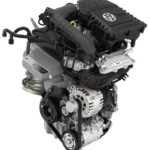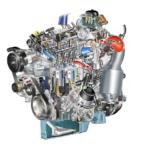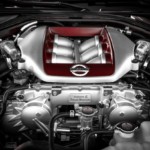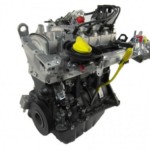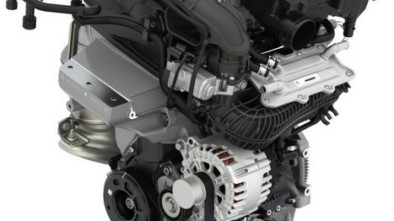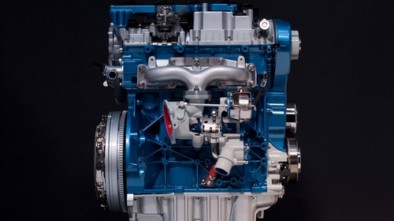How the engine works - infographic, poster
How the engine works - infographic
Infograph taken from visually.
You almost certainly looked at the hood of the car at one point and thought: what is the engine here and what is it all about, or did you hear someone say "sixteen valve motor", "two cams" or something and you didn't understand what it was exactly the story.
The purpose of the engine is to convert the fuel into motion and thus ensure the car is started. Currently, the easiest way to make a move from fuel is to burn fuel inside the engine. Of course, a car engine is an internal combustion engine - combustion takes place inside. A few things to note
- There are different types of internal combustion engines. Diesel engines are one, jet engines second, gasoline third, and rotary (Vankel) again a fourth group. Of course, each of these groups has its advantages and disadvantages.
- There are also external combustion engines. A steam engine is a typical example of an external combustion engine. However, for certain reasons (large size, low efficiency) these engines are very impractical for cars.
Today, a large percentage of cars use an internal combustion engine for the following reasons:
1. Relative efficiency (compared to external combustion engines)
2. Relative Cheapness (Compared to Gas Turbine Engines - Used by Aircraft)
3. Relatively easy refueling (relative to electric motors)
These are the advantages of the technology that makes it possible to produce the cheapest car for now.
Recommendation of similar texts:

Hi there, I am Mladen and I am an auto enthusiast. I started this blog years ago to help like minded people share information about latest cars, car servicing ideas, used car info, exotic cars, and auto technology. You will find helpful articles and videos on a wide variety of cars - Audi, Mercedes, Toyota, Porsche, Volvo, BMW and much more. Ping us if you have anything cool to share on latest cars or on how to make older cars more efficient, or just want to say hi!


